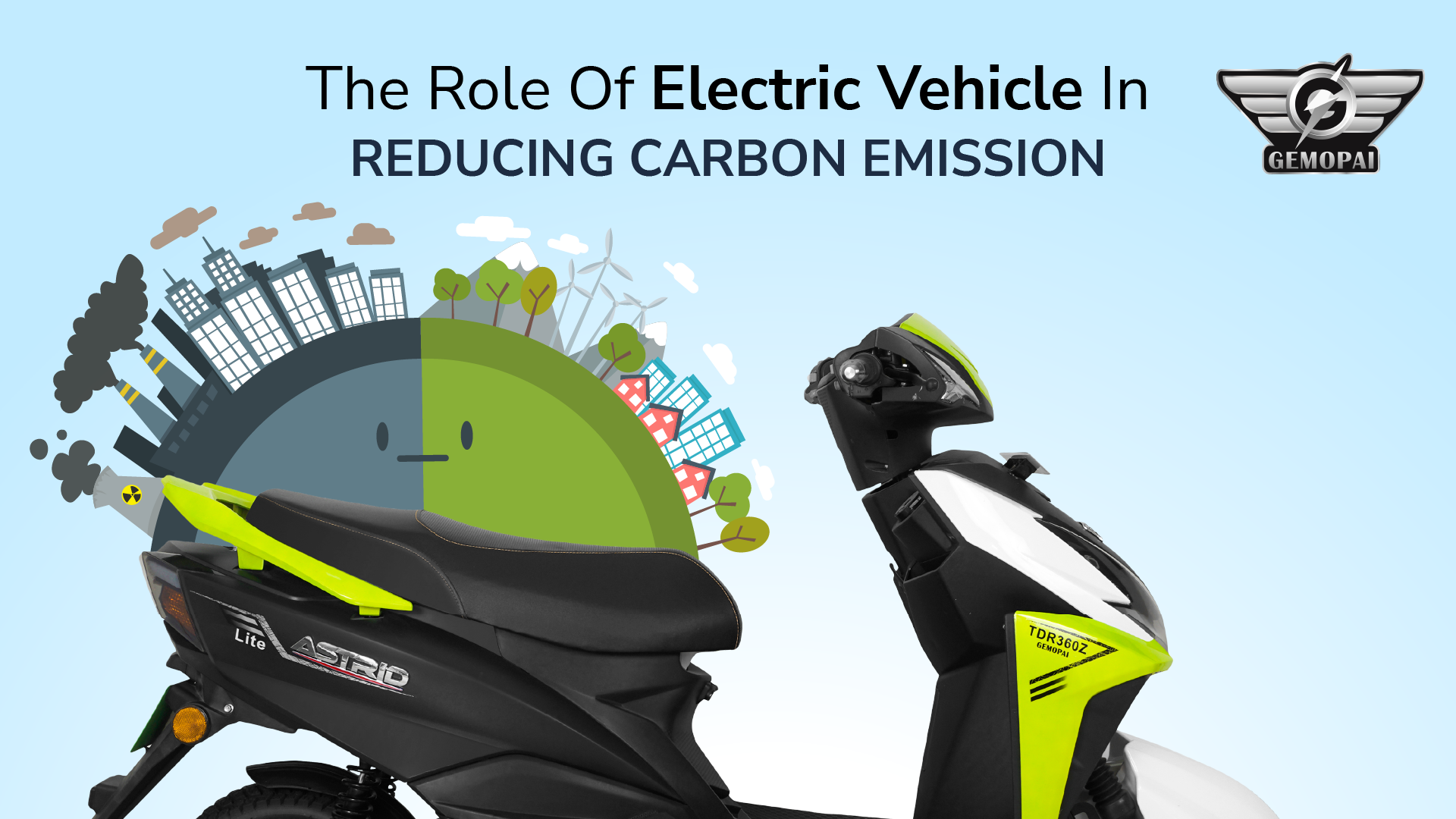The Role of Electric Vehicles in Reducing Carbon Emissions
01 Aug 2023

Climate change is one of the most pressing challenges of our time, with greenhouse gas emissions being a major driver behind this global crisis. Among various sources of emissions, the transportation sector has long been a significant contributor. However, in recent years, the rise of electric vehicles (EVs) has provided a glimmer of hope in the fight against carbon emissions. In this blog, we will delve into the pivotal role of electric vehicles in reducing carbon emissions and how they are transforming the landscape of sustainable transportation.
The Environmental Impact of Traditional Vehicles
Conventional internal combustion engine vehicles have been the primary mode of transportation for decades. While they offer convenience and mobility, their environmental footprint is substantial. Gasoline and diesel-powered vehicles emit significant amounts of carbon dioxide (CO2) and other harmful pollutants, contributing to air pollution, global warming, and climate change. The consequences of these emissions are evident in rising sea levels, extreme weather events, and ecological imbalances.
The Rise of Electric Vehicles
Electric vehicles, on the other hand, are powered by electricity stored in batteries and produce zero tailpipe emissions. This fundamental difference makes them a promising solution for combating climate change and reducing carbon emissions. With advancements in battery technology and improvements in charging infrastructure, electric vehicles have become increasingly viable alternatives to traditional cars.
Key Ways Electric Vehicles Help Reduce Carbon Emissions
Zero Tailpipe Emissions: As mentioned earlier, EVs produce zero tailpipe emissions, significantly reducing the direct release of carbon dioxide and harmful pollutants into the atmosphere. This has a direct impact on air quality and helps mitigate the negative effects of urban pollution on human health.
Reduced Carbon Intensity: While electric vehicles draw their power from electricity grids, the increasing adoption of renewable energy sources, such as solar and wind, means that the carbon intensity of electricity generation is decreasing. As a result, the overall carbon footprint of electric vehicles is also shrinking.
Energy Efficiency: Electric vehicles are inherently more energy-efficient than internal combustion engine vehicles. They convert a higher percentage of energy from the grid into usable power for propulsion, wasting less energy during the process. This efficiency translates into reduced overall energy consumption and lower carbon emissions.
Promotion of Renewable Energy Integration: The growth of electric vehicles has accelerated the integration of renewable energy sources into the power grid. Many EV owners choose to charge their vehicles at home using solar panels, which further decreases their reliance on fossil fuels and promotes sustainable energy practices.
Challenges and Solutions
While the potential of electric vehicles in reducing carbon emissions is undeniable, challenges remain in their widespread adoption. Some of these challenges include limited driving range, the need for an expanded charging infrastructure, and the environmental impact of battery production and disposal.
To address these issues, governments, industries, and individuals must work together to:
Invest in Charging Infrastructure: Developing an extensive and convenient charging network is crucial to encourage more people to switch to electric vehicles. Governments and private companies should collaborate to expand the charging infrastructure in urban centers, highways, and public spaces.
Incentivize Electric Vehicle Adoption: Governments can play a pivotal role by offering tax incentives, rebates, and subsidies to encourage consumers to purchase electric vehicles. These incentives can help offset the initial higher costs of EVs and drive their demand.
Battery Technology Advancements: Continued research and development in battery technology are essential to improve energy density, decrease costs, and reduce the environmental impact of battery production and recycling.
Conclusion
Electric vehicles have emerged as a beacon of hope in the fight against climate change and carbon emissions. Their zero tailpipe emissions, improved energy efficiency, and integration with renewable energy sources make them a key component of a sustainable transportation future. By overcoming the challenges and embracing the opportunities that EVs present, we can make significant progress in reducing carbon emissions and securing a cleaner, healthier planet for future generations. As individuals and societies, let us embrace this transformative technology and drive towards a greener and more sustainable future together.

